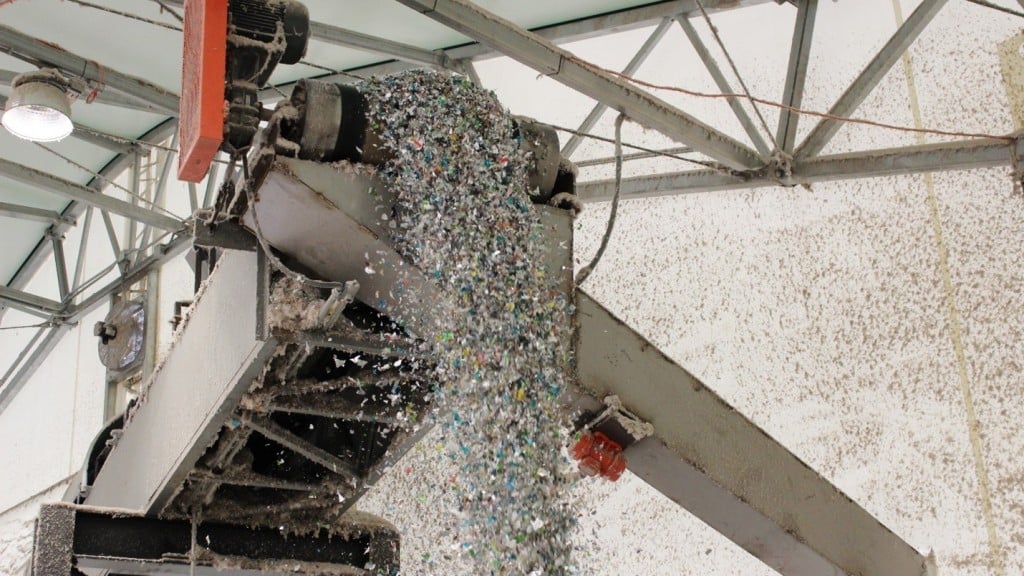
GE Oil & Gas has received GE ecomagi-nation certification for hot gas expander technology that works with a waste-gas recovery system to help refineries significantly reduce their energy costs while also lowering emissions.
The hot gas expander for GE’s power recovery air train features GE’s latest technology and meets the rigid standards of ecomagination, the GE corporate initiative to address challenges such as the need for cleaner, more efficient sources of energy, reduced emissions and abundant sources of clean water.
GE’s ecomagination products are evaluated for their ability to significantly and measurably improve the customer’s environmental and operating performance. The multi-tiered review process is concluded with an independent, third-party audit to ensure accuracy and thorough documentation of technological performance.
An average-sized GE expander for power recovery system is designed to recover 18 megawatts of power, thus avoiding the use of the same amount of energy from the grid, which can save a refinery operator nearly $9 million in electricity costs each year. The technology also avoids the emissions of 244,000 metric tons of CO2 year – the equivalent of removing 44,000 cars from the roads for a year.
The hot gas expander for GE’s power recovery air train features GE’s latest technology and meets the rigid standards of ecomagination, the GE corporate initiative to address challenges such as the need for cleaner, more efficient sources of energy, reduced emissions and abundant sources of clean water.
GE’s ecomagination products are evaluated for their ability to significantly and measurably improve the customer’s environmental and operating performance. The multi-tiered review process is concluded with an independent, third-party audit to ensure accuracy and thorough documentation of technological performance.
An average-sized GE expander for power recovery system is designed to recover 18 megawatts of power, thus avoiding the use of the same amount of energy from the grid, which can save a refinery operator nearly $9 million in electricity costs each year. The technology also avoids the emissions of 244,000 metric tons of CO2 year – the equivalent of removing 44,000 cars from the roads for a year.



